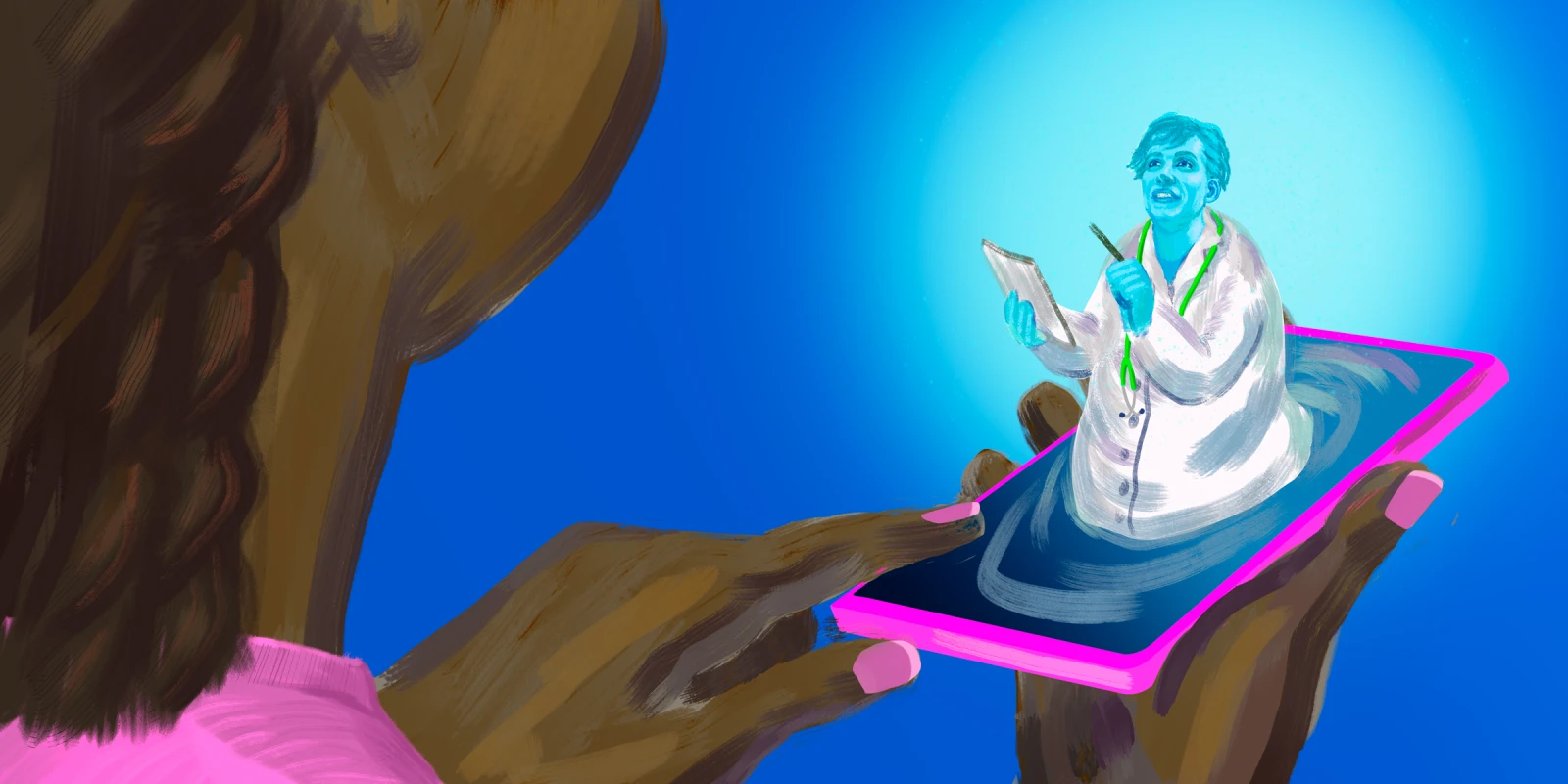During the past year and a half, a visit to the doctor’s office meant turning on a tablet or computer and having a strong internet connection. Many patients are now seeking physical appointments, however, as hospitals and clinics make way for more in-person care. But for patients with chronic diseases, the ongoing reliance on advanced and effective remote care will remain.
Medical centers began improving their virtual services toward the start of the pandemic. At Kaiser Permanente, a California-based health system, patients with diabetes or hypertension who are enrolled in remote monitoring programs receive Bluetooth-enabled monitors. These monitors automatically send blood sugar or blood pressure readings to their EHRs. The care team then analyzes the data to provide recommendations. Throughout the pandemic, clinicians have used remote services for safe chronic disease monitoring.
Dr. Sally Kwa, an internal medicine physician at NYU Langone Medical Center, began using telehealth services out of necessity during the pandemic.
“Keeping everyone — patients, staff, and providers — safe from this novel virus was a priority, and any suspicious COVID-19 cases were evaluated virtually,” Dr. Kwa said. “We were able to virtually evaluate if a patient was severely ill enough to be referred to the ER for an evaluation."
Beyond COVID-19 cases, the majority of Dr. Kwa’s virtual meetings were with patients that developed new, acute, or chronic anxiety and depression systems as a result of the pandemic.
“This service [that] we provided virtually, I thought, was valuable for these patients as we were able to direct them to psychotherapy and/or pharmacotherapy,” Dr. Kwa said. She added that other benefits of telehealth include decreasing travel challenges and the ability to receive care from the comfort of one’s own home.
In addition, remote monitoring has shown success with chronic disease patients: “If the chronic diseases are stable, remote monitoring can be included as part of the overall chronic care management,” Dr. Kwa said.
Another clinician using this remote approach is Dr. Michael Ong, principal investigator of an Agency for Healthcare Research and Quality-funded study on remote monitoring of heart failure patients. Dr. Ong oversees virtual offerings at UCLA Health and believes that remote monitoring can particularly help patients with heart failure and diabetes.
“Having additional guidance outside of the clinic while at home can be very beneficial for some chronic disease patients,” Dr. Ong said.
A study published in Telehealth and Medicine Today found that more than 23,000 patients at the Veterans Health Administration (VHA) used remote monitoring during the pandemic, and the organization maintained a 4% hospitalization rate. The remote monitoring program at the VHA not only captures biometric data but also directs patients to wellness and support services.
However, virtual care may present several challenges.
According to Dr. Kwa, the inability to examine vital signs and conduct blood work was problematic during the pandemic.
Further, according to Dr. Ong, the quantity of data received is much greater than what clinicians are accustomed to. Parameters for decision-making based on more infrequent visits may require adjustments. Additionally, to receive adequate monitoring, patients must communicate effectively with clinicians.
“Management can only be as good as the data that comes in, so patients have to be quite engaged with monitoring devices,” Dr. Ong said. “It is not easy to do that over a long-term period.”
Dr. Kwa noted that many patients requiring chronic disease management stopped seeking care at the height of the pandemic surge. “Once the lockdown eased and the city began to slowly open in late spring 2020, the volume of telehealth service dropped as my schedule filled up mostly with patients seeking in-person visits, especially those who had missed their usual follow-up visits for chronic disease management,” she said.
Both physicians agreed that changes to remote monitoring can drastically improve care and encourage patient interaction. For instance, Dr. Kwa described how creating a technology that mimics a physical examination could elevate telehealth to the quality of an in-person visit.
Dr. Ong added that increasing accessibility to remote care and providing user interfaces are imperative. “Ensuring access to broadband technologies will also help providers and patients, particularly for traditionally underserved populations in rural communities and communities of color,” he said. “Temporary reimbursement policies and relaxation of regulations and restrictions regarding telehealth need to be made permanent in order for patients to continue to benefit from the use of these technologies.”
How has remote care impacted your health services? Share your thoughts in the comments below.
Illustration by Jennifer Bogartz







